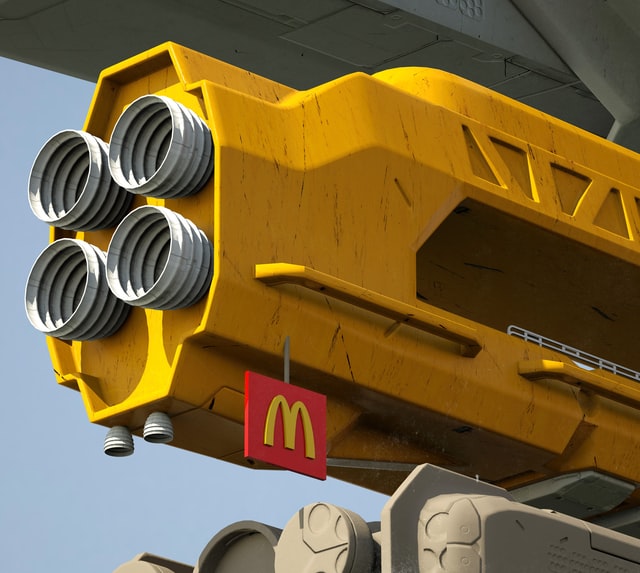Ever since James Cameron’s Terminator 2: Judgment Day was released in 1991, I’ve been reading about the many ways ILM, led by visual effects supervisor Dennis Muren, had to basically invent new ways to realise the CG ‘liquid metal’ T-1000 shots in that film, of which there are surprisingly few. Tools like ‘Make Sticky’ and ‘Body Sock’ are ones that I’d heard referenced several times, but I’ve always wanted to know more about how those pieces of software were made.
So, over the past few months, leading up to the re-release of Terminator 2 in 3D, I’ve been chatting to the artists behind the technology who were there at the time. This was when ILM was based in San Rafael, and when its computer graphics department was still astonishingly small. Yet despite the obvious challenges in wrangling this nascent technology, the studio had been buoyed by the promising results on a few previous efforts, including Cameron’s The Abyss, and by the possibilities that digital visual effects could bring to modern-day filmmaking.
For this special retro oral history, vfxblog goes back in time with more than a dozen ILMers (their original screen credits appear in parentheses) to discuss the development of key CGI tools and techniques for the VFX Oscar winning Terminator 2, how they worked with early animation packages like Alias, and how a selection of the most memorable shots in the film – forever etched into the history of visual effects – came to be.
Gearing up the computer graphics department
Tom Williams (computer graphics shot supervisor): I actually worked full-time for both Pixar and ILM for most of T2. Then I realized that was really dangerous. I would fall asleep, driving home once, and freaked myself out and realised you can’t really do that. So towards the end of T2 I went over to ILM full time. The way I got there originally was, I got invited by [visual effects producer] Janet Healy and [visual effects supervisor] Dennis Muren because I had worked at a company called Alias, which did modeling and animation tools.
